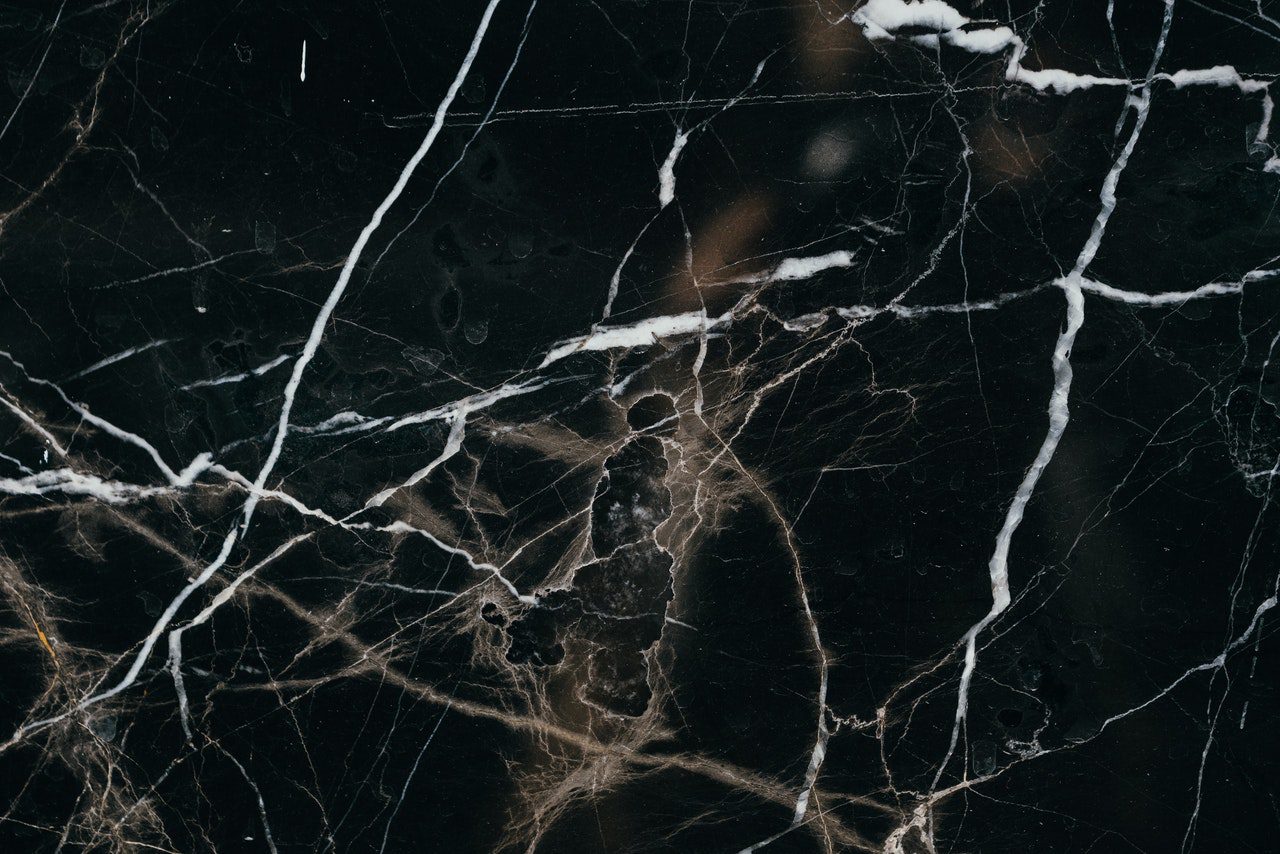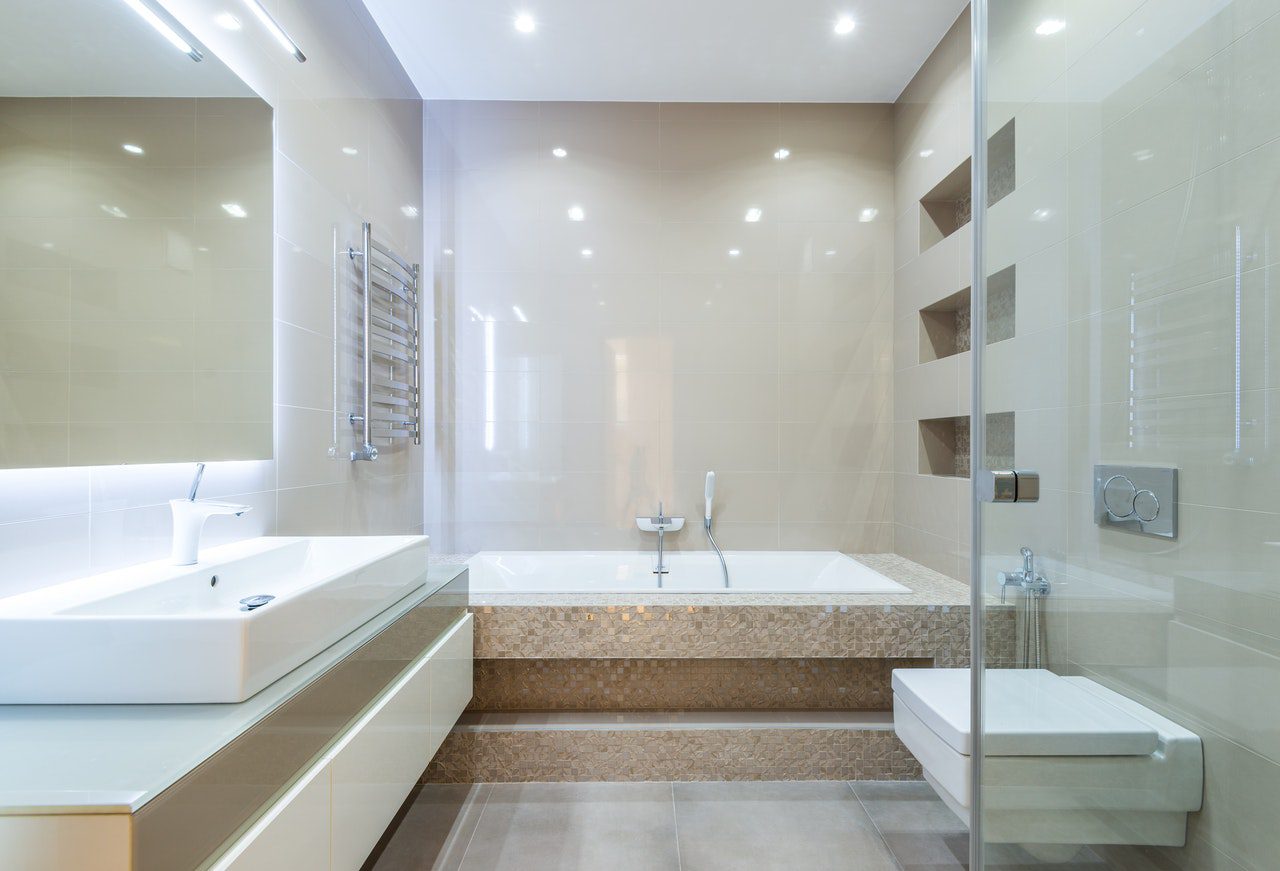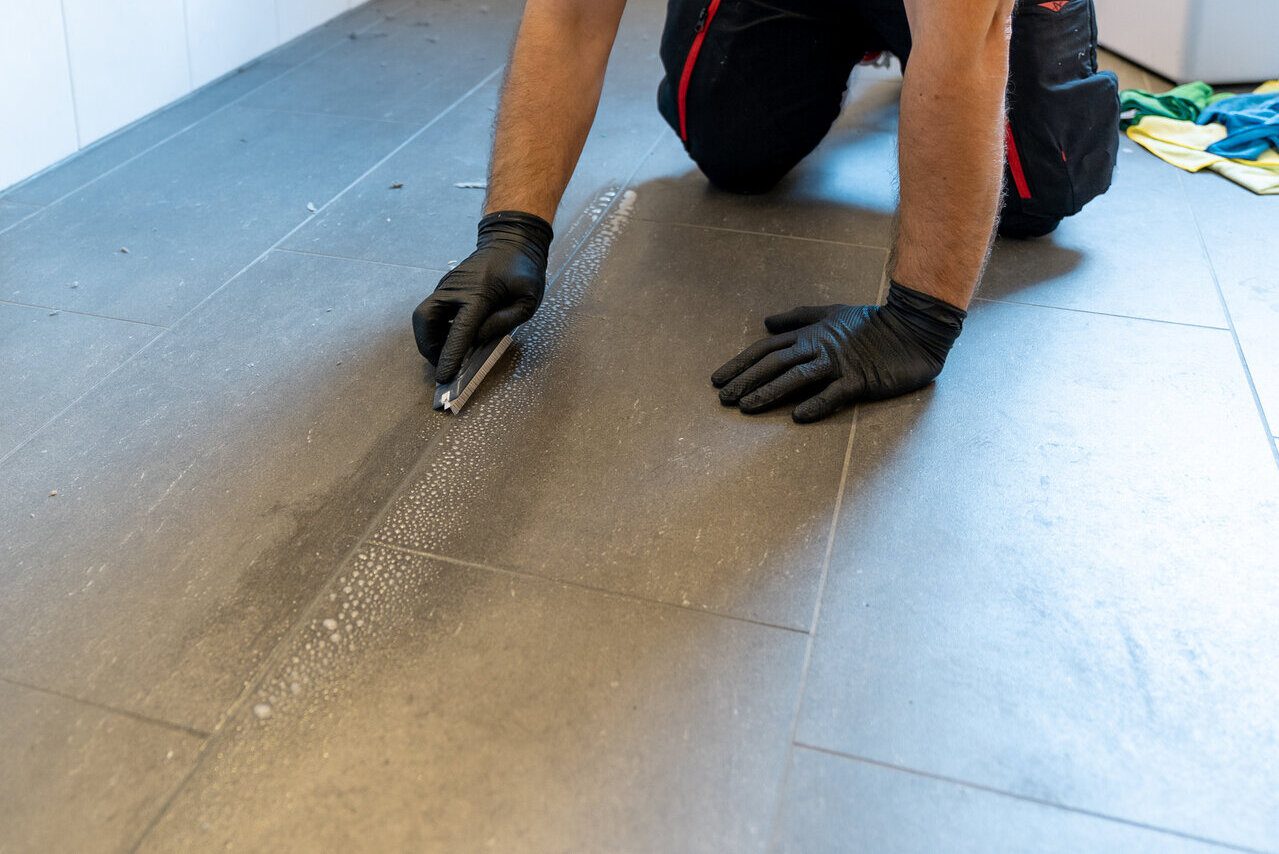What Is a Tile?
Tile is a manufactured piece of hard-wearing material such as ceramic, stone, metal, baked clay, or even glass, generally used for covering roofs, floors, walls, or other objects such as tabletops.
Installing Your Own Tile
Ceramic & Porcelain Tile
Step 1: Make sure your area is clean, dry, and smooth. Set the tiles along the layout lines in both directions without any mortar. Make sure the finished layout looks good to you, then we can start laying them with the mortar.
Step 2: Once you make the marks for where the tiles should be placed, pick up the loose tiles and set them aside.
Step 3: Mix your thin-set mortar a little bit at a time, and make more when needed. Spread the mortar on the floor using your notched trowel. You can ask anyone at Alita Tile the proper way to mix your mortar, and which size trowel you should use for your project!
Step 4: Spread thin-set mortar on the layout lines about 3 feet by 3 feet. You can use a notched trowel for this step. Trowels can come with different-sized notches. Check with Alita Tile for their recommendation on the right size for your project!
Step 5: Start laying the tiles, starting in the center of the layout lines. Set each tile by tapping it gently with a rubber mallet. Plastic spacers can be used to maintain even grout lines between the tiles. Pick these up from Alita when you get your tiles, and place them at each tile corner.
Step 6: Continue to repeat the process of laying the tiles until you’ve covered your first area. Then, repeat steps 4 and 5 for the remainder of the other sections. Remove any excess mortar with a damp sponge.
Step 7: After all the tiles are set, mix the grout and install using a rubber grout float. Press the grout into the gaps with a sweeping motion.
Step 8: Allow the mortar to dry for at least 24 hours, and enjoy your beautiful new ceramic or porcelain floor!
Marble Tile
Step 1: Make sure your base is smooth, flat, and water-resistant. You may choose to add a cement board if you have a wood subfloor to better help install your marble tile. Spread a thin set of the cement board over the wood using a notched trowel. Lay the cement board sheets into a thin set, and fasten them to the subfloor with cement board screws. Don’t forget to leave about ⅛’’ of space at the seams of the boards that meet the walls. Apply cement board joint tape over the seams using a drywall knife. Make sure all seams are smooth and flat.
Step 2: Create reference lines on the surface of the cement board. Use chalk to mark a path between the two opposing walls. This will divide the room in half. Now, divide the floor into four equal quadrants.
Step 3: Check your layout and dry-lay each tile as if it was your finished project. Do NOT use any mortar yet.
Step 4: Mix your thin-set mortar. Only mix a little bit at a time, and make more when needed. Spread the mortar on the floor using your notched trowel. You can ask anyone at Alita Tile the proper way to mix your mortar, and which size trowel you should use for your project!
Step 5: Spread enough mortar to cover the entire bottom of your marble tile, and make sure the entire surface is notched. Gently press the tile into place, aligning two of its edges with your chalked lines.
Step 6: Tap the tile gently with a rubber mallet to ensure it is secure. Marble is a softer tile than others and can crack easily, so be careful not to tap too hard.
Step 7: Plastic spacers can be used to maintain even lines between the tiles. Pick these up from Alita when you get your tiles, and place them at each tile corner.
Step 8: Allow at least 24 hours for the mortar to dry. Remove any excess mortar once it is fully dry.
Step 9: You’re almost done! Again, marble is a softer material, so it is very important to seal your tiles with a marble sealant from Alita Tile. Use a thin coat of sealant and a foam brush to smooth it out.
Step 10: After all the tiles are set, mix the grout and install by using a rubber grout float. Press the grout into the gaps with a sweeping motion.
Step 11: Wipe your tiles clean and enjoy your beautiful new marble floor!
Glass Tile
Step 1: Make sure your area is clean, dry, and smooth. Measure from top to bottom of your tile layout. Mark the center part of the wall and draw a horizontal line using chalk or pencil. This will help guide you as you place your tiles!
Step 2: Mix your thin-set mortar. Only mix a little bit at a time, and make more when needed. Spread the mortar on the wall using your notched trowel. You can ask anyone at Alita Tile the proper way to mix your mortar, and which size trowel you should use for your project! When applying glass tile, cover about a 2 square foot area at a time.
Step 3: Begin to layout your tiles, starting with your bottom row of tiles. Use a rubber float to set the tile with the adhesive.
Step 4: Plastic spacers can be used to maintain even lines between the tiles. Pick these up from Alita when you pick up your tiles and place them at each tile corner.
Step 5: Repeat steps 3 and 4 until the entire area you want to tile is covered. Allow at least 24 hours for the mortar to dry.
Step 6: Mix the grout and install it using a rubber grout float. Apply the grout mix diagonally across the tiles using your rubber float. Wait about 10 minutes, then wipe away excess with a sponge.
Step 7: Repeat this step for each space of tile, then apply the grout sealer.
Step 8: Fill in any gaps with caulk, and enjoy your beautiful new glass tile!
Maintaining Your Tile

Ceramic Tile Care


Porcelain Tile Care

Travertine/ Marble Care


Glass Tile Care

Grout Tips
Seal your grout once a year with Miracle 511 Porous Plus Sealer or 511 Impregnator. Pre-mix your grout with Miracle Grout Shield in place of water. Remember to wipe down the area after a shower or bath to keep moisture off of the grout. Use tile & stone cleaner diluted with warm water to clean tile & grout.
Do Not Use
- Bleach or anything that contains bleach, such as Clorox, Tilex, etc.
- Ammonia or anything that contains ammonia, such as Windex.
- Do not use anything acidic such as vinegar.

